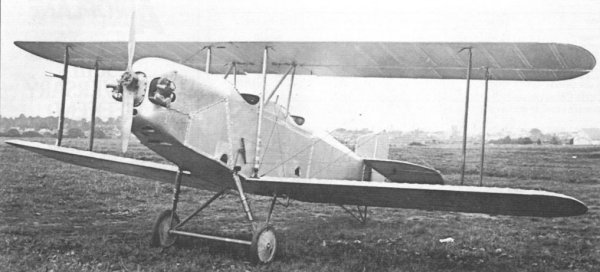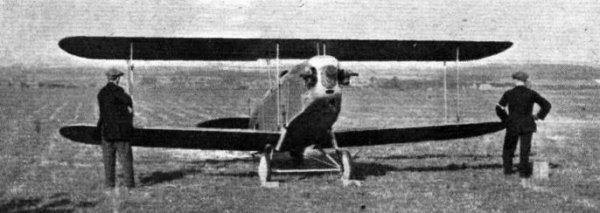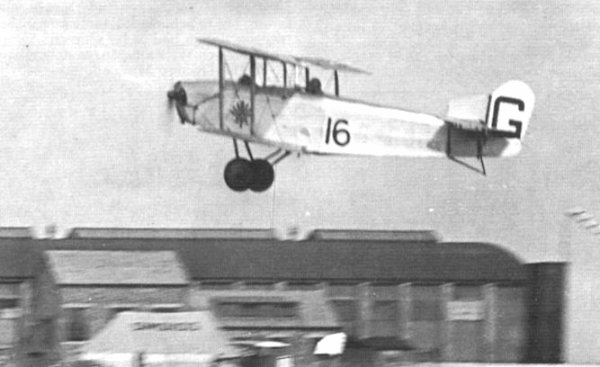Westland Woodpigeon
Westland Woodpigeon
Two-seat light biplane
The Westland Woodpigeon was a two-seat light biplane designed to compete in the 1924 Lympne light aircraft trials.
The Woodpigeon was a conventional wooden biplane powered by a 32 hp (24 kW) Bristol Cherub III engine. Two aircraft were built. The first made its first flight on 14 September 1924; the second aircraft, registered G-EBJV, flew in trials but was not successful. The second aircraft was re-engined with a 30 hp (22 kW) ABC Scorpion and increased wingspan in 1926 for the 1926 Lympne trials but again was not successful. In 1927 the two aircraft were re-engined with 60 hp (45 kW) Anzani 6 radials and redesignated Woodpigeon IIs.
![]()
The two
Marks of
Woodpigeon, both
produced at
Yeovil.
Woodpigeon I - Bristol Cherub III-powered variant, two built.
Woodpigeon II - Two Woodpigeons were re-engined with Anzani engines.
![]()
| General characteristics | |
| Crew: | Two |
| Length: | 19 ft 6 in (5.95 m) |
| Wingspan: | 22 ft 9 in (6.94 m) |
| Empty weight: | 439 lb (199 kg) |
| Gross weight: | 779 lb (353 kg) |
| Powerplant: | 1 × Bristol Cherub III, 32 hp (24 kW) |
| Performance | |
| Maximum speed: | 72 mph (115 km/h) |
| Production | |
| Number built: | 2 |
| First flight: | 14 September 1924 |
All the above text based on / 'borrowed' from Wikipedia.
gallery

Westland Woodpigeon prototype in its original unmarked form, with shorter-span wings and fitted with a Bristol Cherub engine.

Westland Woodpigeon, three-quarter rear view.

The Cherub-powered Woodpigeon Mk I photographed at Lympne in October 1924 where it took part in the Air Ministry ’s two-seater light-plane trials flown by AJ Winstanley.

Running-up the engine of No 5, the Westland Woodpigeon Mk I at Lympne.

Woodpigeon G-EBJV taking part in the 1926 Lympne Light Aeroplane Competitions in September 1926. Fitted with a Scorpion II engine, the aircraft was owned and entered by the Seven Aero Club, but retired from the competitions.